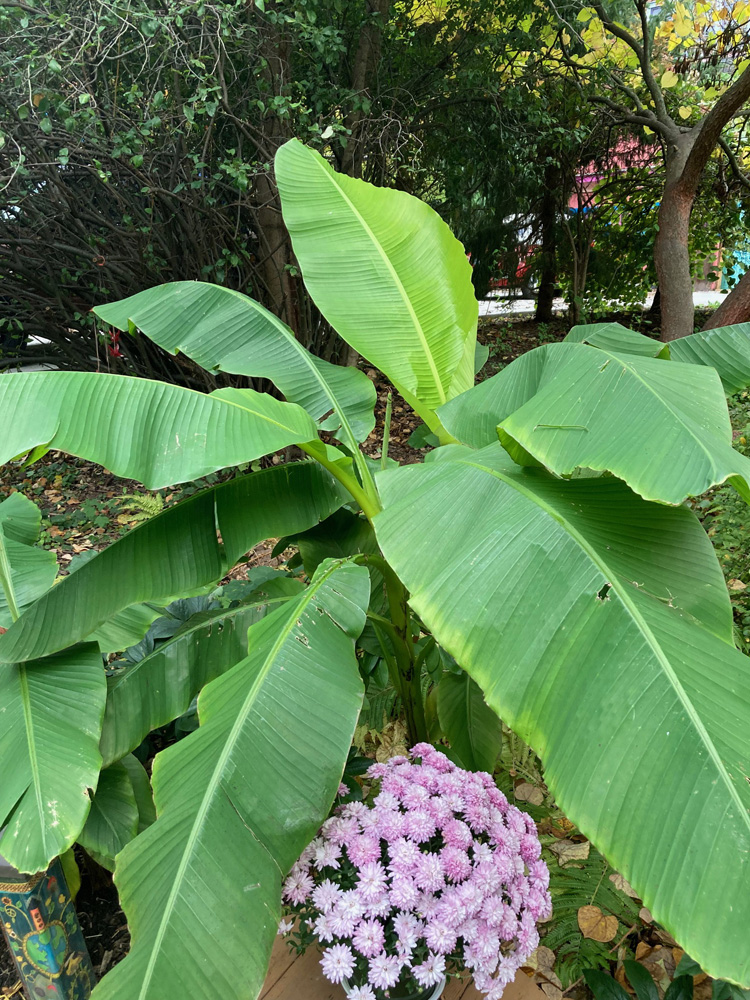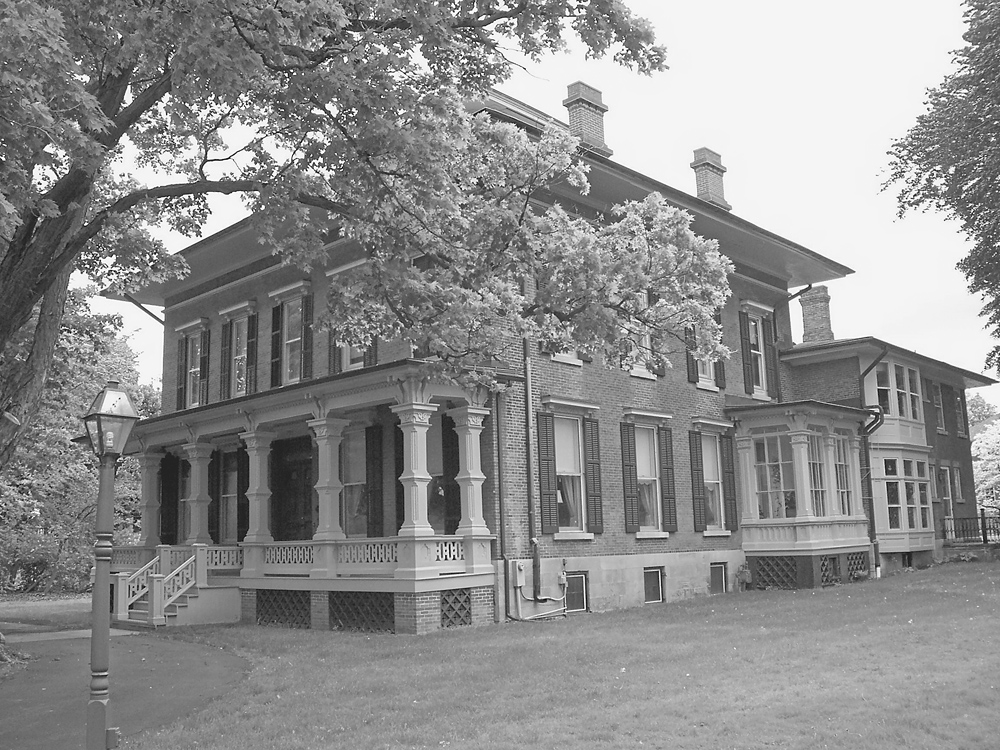Former television executive goes bananas in Brockport

Rochester native, Ray Trim, embarked on a fascinating 30-year adventure when he left his hometown and moved to Los Angeles, California, where he worked his way up from casting associate on TV shows like Charles In Charge and Quantum Leap to negotiating contracts at NBC Universal for some of Hollywood’s biggest stars and on hit shows, such as Will & Grace and The Office.
After three decades working in the entertainment industry, Ray moved from LA farther east to Palm Springs, where he began restoration of his new home, a true mid-century marvel in an iconic, architecturally significant neighborhood. Always a supporter of the arts, Ray also lent his talents to numerous cultural interests in the Palm Springs area, including Modernism Week, as well as becoming a member and supporter of the Palm Springs Art Museum. These civic efforts did not go unnoticed, and soon Ray accepted an appointment by the mayor to serve as a City Commissioner, administrating, among other things, Village Fest, one of the area’s most popular and highly attended weekly arts and cultural events.

During his time on the west coast, Ray was fortunate to travel to the Hawaiian Islands on several occasions, training and participating in the Honolulu Marathon. While in Hawaii, he developed a deep appreciation for the splendor of the lush and tropical landscape of the islands. This inspiration, along with the climate in Palm Springs, presented a variety of options for another of his passions, namely gardening and landscaping, and soon Ray’s desert retreat bloomed with an assortment of palm trees, yucca, plumeria and other desert-scape plants and trees.
However, fate was about to bring change once again, this time prompting a return to New York. About a decade ago, Rochester beckoned Ray home when a routine medical procedure left his elderly mother with ongoing health challenges requiring his attention. Weighing these family obligations, he made the decision to leave his desert paradise behind and move back to his hometown to take on the role of caregiver. Ray said “goodbye” to three decades of sunshine and palm trees and “hello” to changing seasons and winter snow.
Missing the tropical/desert landscape and gardens he had created, Ray stumbled upon a store in Rochester selling what was labeled as a “Hardy Banana Tree (perennial).” He purchased two specimen plants and set out on a personal mission to successfully grow them and see them through the severe Upstate New York winter and return in the next growing season. The variety is called Musa Basjoo.
Of course, the growing season in this regiona is too short to actually produce fruit. However, the tropical effect of these trees with their enormous leaf-span is spectacular. Once established, they can grow an amazing two feet per week. They typically grow six to nine feet tall when potted indoors, or 15 feet when planted outside. Fun fact: The banana is not a true tree; it is a giant herbaceous plant. Botanically, this means that none of its parts ever become woody like true trees. The main stem of the banana plant is a large rhizome that grows horizontally underground. The shoots that we think of as “trees” grow up from this underground stem.

Four years later, with a lot of care and a few mishaps, his two banana trees had multiplied to nearly 20 as the original plants produced “pups” (new growth shoots) which Ray carefully separated from the main plant and transplanted to other garden locations. Over time, many of the pups have been gifted to friends and family locally and across the country, as far away as Iowa. A local garden center purchased some of the pups last year, and Ray, who has picked up the nickname “Tiki Ray” in reference to his tropical plants, recently hosted a free public event for local residents who were invited to take a mini tour of his banana garden, which he grows in his postage-stamp size yard in Brockport.
Ray has also been approached by various entrepreneurs interested in buying the banana leaves which are used in cooking, religious ceremonies and Latin and Asian recipes, as well as for table liners and decorations for special catered events.
Although unusual recent weather patterns have delayed the banana tree’s growing season a bit this year, Ray’s crop still managed to soar to a height of between eight and 10 feet, prompting some to comment that his small garden paradise looks like a tropical scene from Jurassic Park, making Ray, with his mini-plantation, Brockport’s “top banana.”

Provided information and photos





